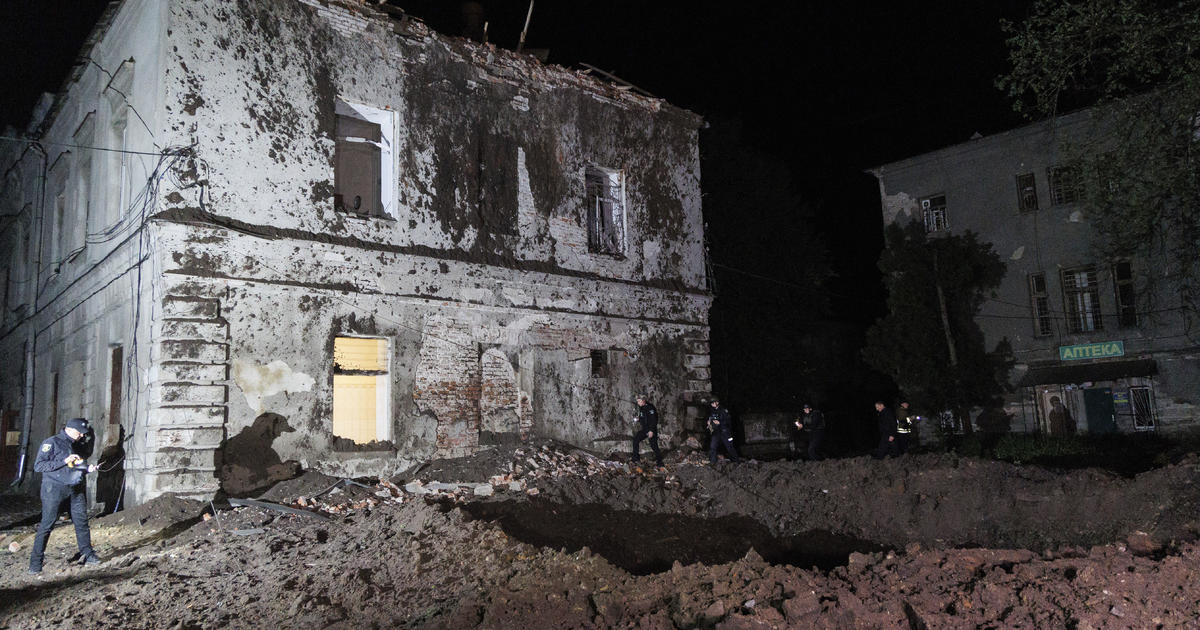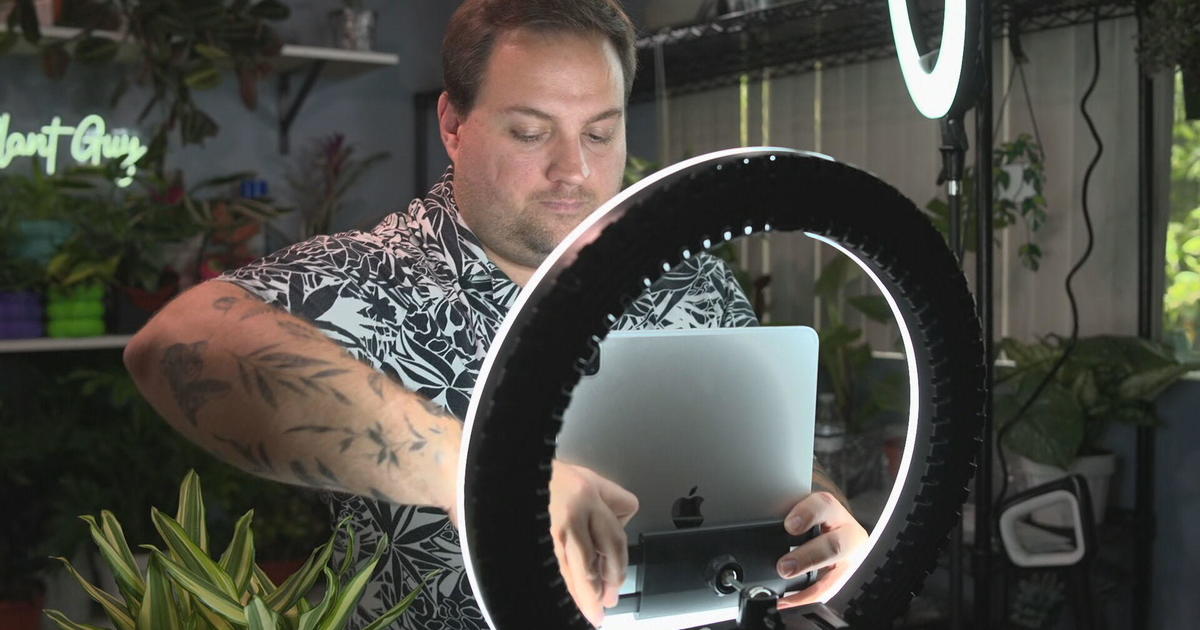Carbon capture technology: The future of clean energy or a costly and misguided distraction?
Congress recently allocated billions of dollars in subsidies to promote the expansion of carbon capture technology. If new Environmental Protection Agency rules take effect, most fossil fuel-burning plants may be compelled to implement carbon capture technology.
However, carbon capture has faced significant criticism as a pricey and misguided distraction in the battle against climate change.
The National Carbon Capture Center, located along the banks of the Coosa River in Alabama, is a research facility affiliated with a coal and natural gas-fired power plant operated by Southern Company. It resembles a large laboratory where carbon capture has been tested for over a decade. John Northington, the facility's director, said that it represents a culmination of 135,000 hours of testing and over 70 different technologies.
"Our main mission here is to test carbon capture," Northington said.
Coal and gas-fired power plants are responsible for approximately 60% of electricity generation in the United States, and are the country's second-largest source of greenhouse gas emissions. Carbon capture technology aims to prevent CO2 emissions from being released into the atmosphere by capturing them with chemicals and storing them underground.
Northington said that the technology does work, with an average capture rate of around 95%.
But the real-world implementation of carbon capture has faced challenges.
The Petra Nova coal-fired power plant near Houston was the first and only commercial plant in the U.S. to use carbon capture. It encountered technical issues and high costs, and was ultimately mothballed in 2020. Its current owner is attempting to revive the plant.
Critics that include MIT Professor Charles Harvey argue that carbon capture and storage, also known as CCS, is not economically viable because it costs less to build new renewable energy projects such as wind and solar than to operate an existing coal plant.
"A dollar spent in renewable technologies will avert a lot more emissions than CCS will," said Harvey.
He argues that carbon capture allows the industry to continue relying on fossil fuels, and even the captured carbon from the Petra Nova plant was used to extract more oil from the ground in a process called enhanced oil recovery.
"The frustrating thing is that there is an easy solution and that is to stop using fossil fuels," Harvey said. "We have the technology to do that right now and I don't think we should be distracted from that."
While skeptical of CCS, Harvey believes that direct air capture, also known as DAC, which extracts CO2 from the atmosphere, could play a role in combating climate change.
The ClimeWorks plant in Iceland, operated by Swiss company ClimeWorks, is the world's largest DAC facility. It captures CO2 from the air, separates it and injects it into rock formations for permanent storage. However, these DAC facilities can only remove a fraction of the CO2 emissions released annually.
"Every ton of CO2 that's removed is a ton that's actually helping fight climate change and not contributing to global warming," said Climeworks' Chief Marketing Officer Julie Gosalvez.
But it can only remove about 4,000 of the nearly 40 billion tons of CO2 humans are pumping into the atmosphere every year. Its working to increase that amount and, meanwhile, larger facilities, including the one in Texas, are now being built as well.
"I'm excited," Northington said. "I think there's a tremendous amount of potential."




